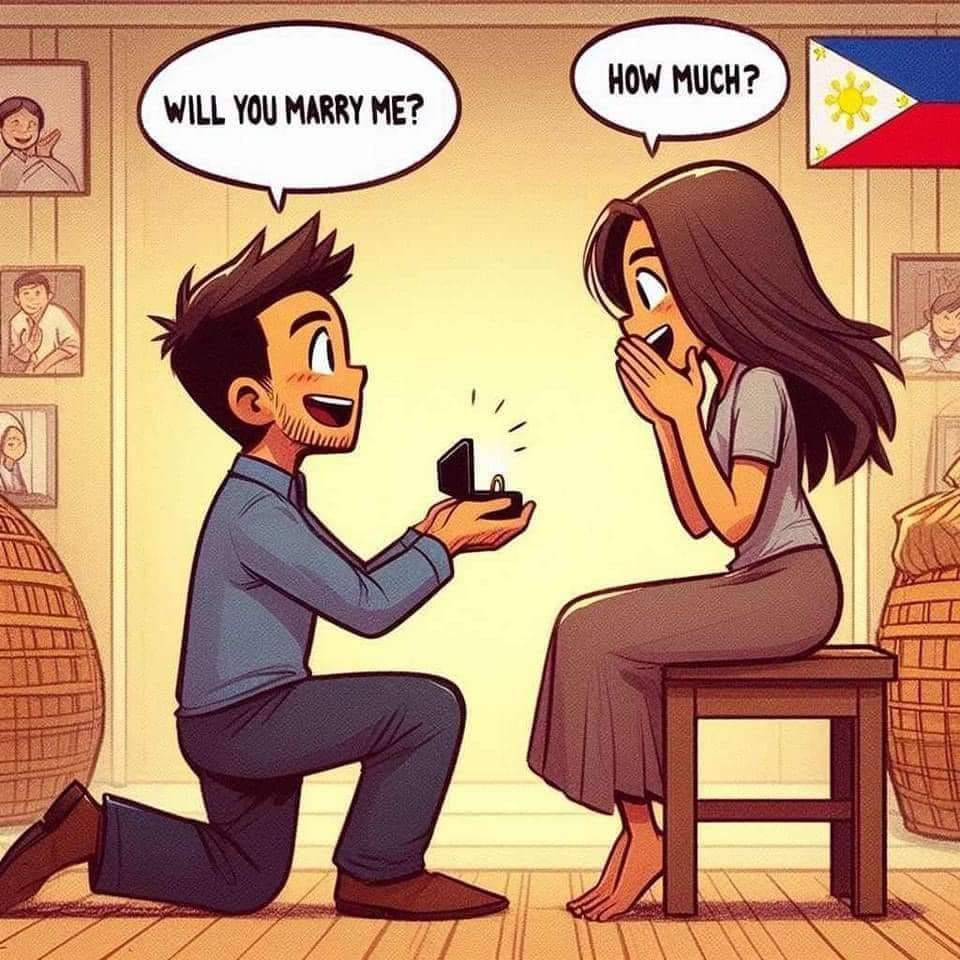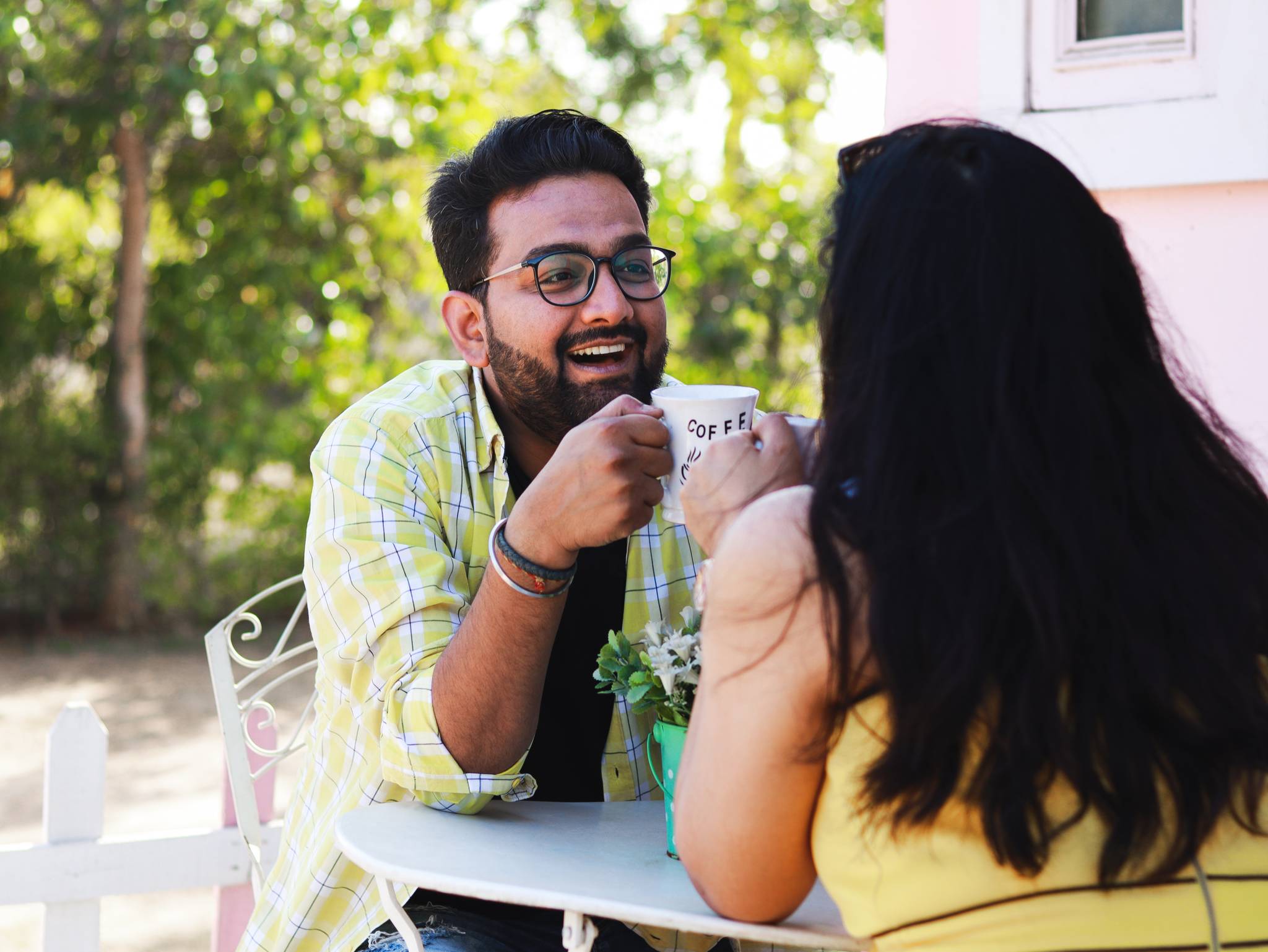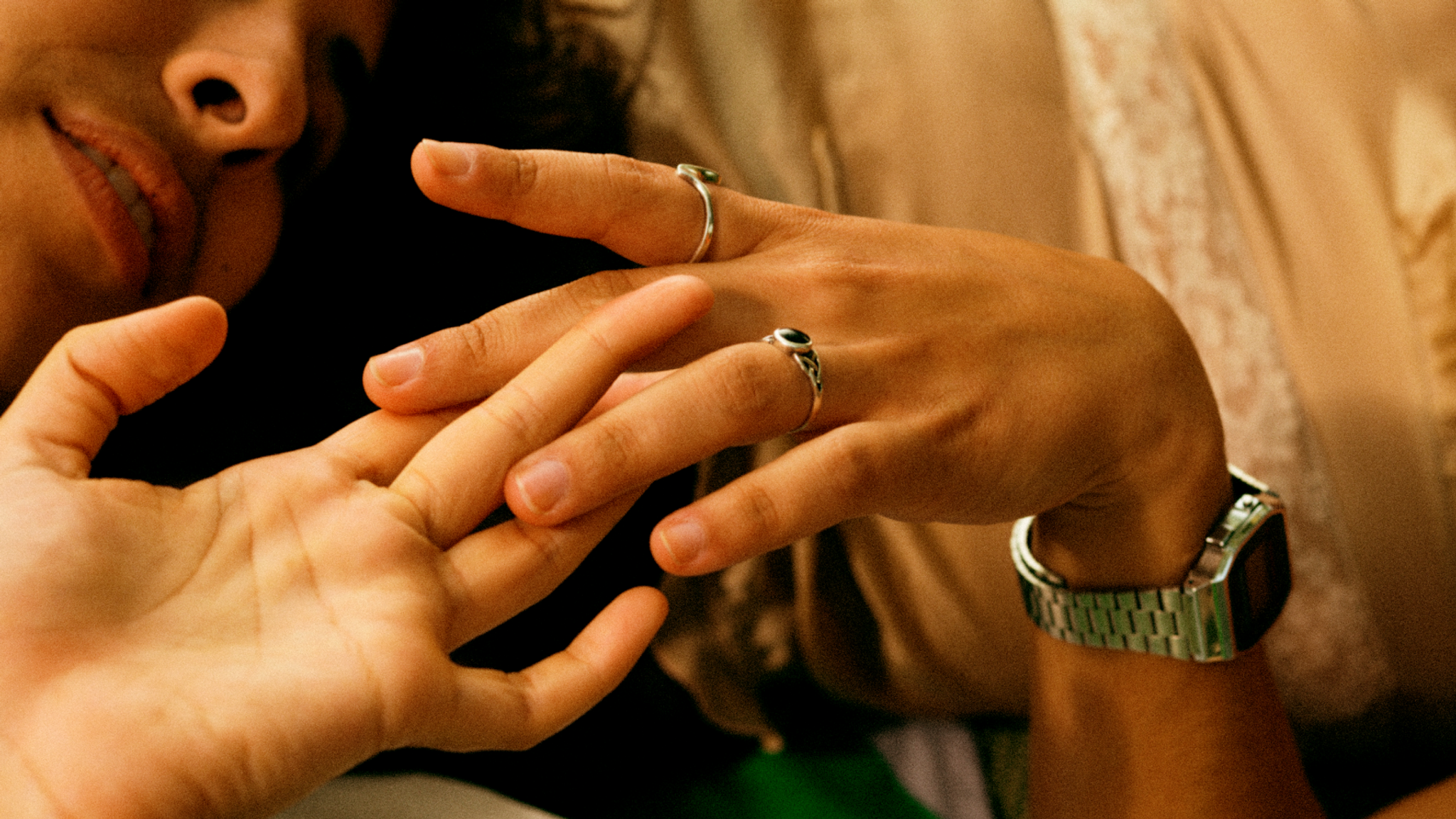
Are diamonds still a girl’s best friend? Is happiness the same price as red bottoms? When one bride-to-be got a PHP 299 engagement ring, Filipino social media brought in the big guns – fandom memes and political opinions – to dissect the monetary value of dating and marriage in today’s economy.
Can you put a price tag on love? According to Filipino social media, the answer is yes.
In January 2024, a now-deleted anonymous Facebook confession went viral as it detailed the woes of a would-be bride who got a PHP 299-worth (roughly $5.32) engagement ring. The ring in question, allegedly a Mikana 18K gold-plated Minushi Ring, was discounted on Shopee from an original price of PHP 999 ($17.79).
The ring's value led the anonymous confesser to question her self-worth and whether she was making a big deal out of nothing. “Am I too immature to feel this way?” she asked.
To this end, netizens were divided.
X (formerly Twitter) user @KrisGalindo bragged about her PHP 159 engagement ring while user @jinqshu quote-tweeted support for David Lawson using hair scissors to propose to Sarah Snook, captioned “ended the 299 ring debate”.
Filipino fandoms continued the discussion, demonstrating the shifting value of monetary possessions that evaluate the cost of love.

K-pop fans would settle for a $6 photocard instead of a ring. Swifties would marry someone “with paper rings” as the Taylor Swift lyric goes. And esports fans came in with the classic Drake meme, saying a $5-worth hero skin holds value to them.
Soon enough, larger social groups viewed the issue of assessing love’s worth in a more serious light.
From the lens of faith, a local church used it as a hook for a live-streamed sermon which got over 20,000 views on Facebook. Meanwhile, content creator and voice actor Inka Magnaye used a parable in a video that garnered more than 59,000 TikTok likes.
Feminists appealed to the growing economic worth of women and activists asked netizens to focus on larger issues such as the government-sanctioned “jeepney phaseout” which threatened the livelihood of drivers. The question even got national news coverage in the same month.
All of this frenzied debate points to one thing: romance costs Filipinos a lot.
Many Filipinos still dream of building families as seen in the continued popularity of mass weddings, which help lower-income couples save up more for marriage than for weddings.

“Settling into calm” which is the local expression for marriage traditionally requires being wed as a prerequisite for living together. However, with inflation making bills, expenses, and monthly contributions skyrocket, the economics of love are shifting.
45% of Filipinos are now open to cohabiting before marriage as love’s monetary value is taken into account. In light of this shift, finance company BPI used the engagement ring issue as a way to offer financial literacy to lovers in tough economic times.
Marla Miniano-Umali, a 36-year-old writer and editor, offers a more romantic view of this change in relationship dynamics. “Living with someone reframes the relationship. You become each other's family, and you learn to either embrace or reject that,” she says.
But with a divorce law still absent and gay marriage still delayed in the Senate, Filipino romantics are taking a more pragmatic approach to matters of the heart.
During a time of affection economics, Filipino women are loving strategically. The price of love is less about a $6 ring and more about what people are willing to give up for romance in a crumbling economy.
Online, the language of love now carries monetary weight. And in these times, love comes with its own price tag where the currency of affection fluctuates with demand for emotional stability and the cost of commitment.



